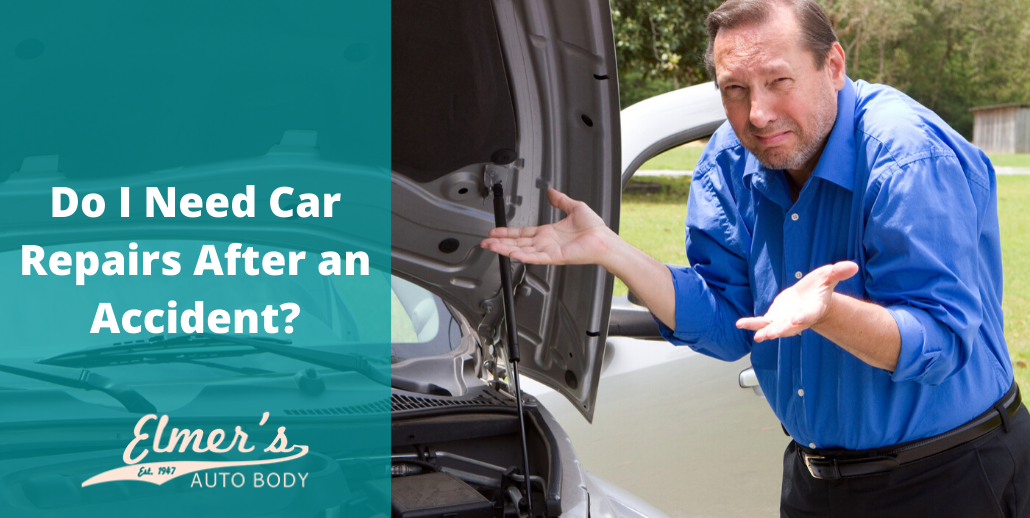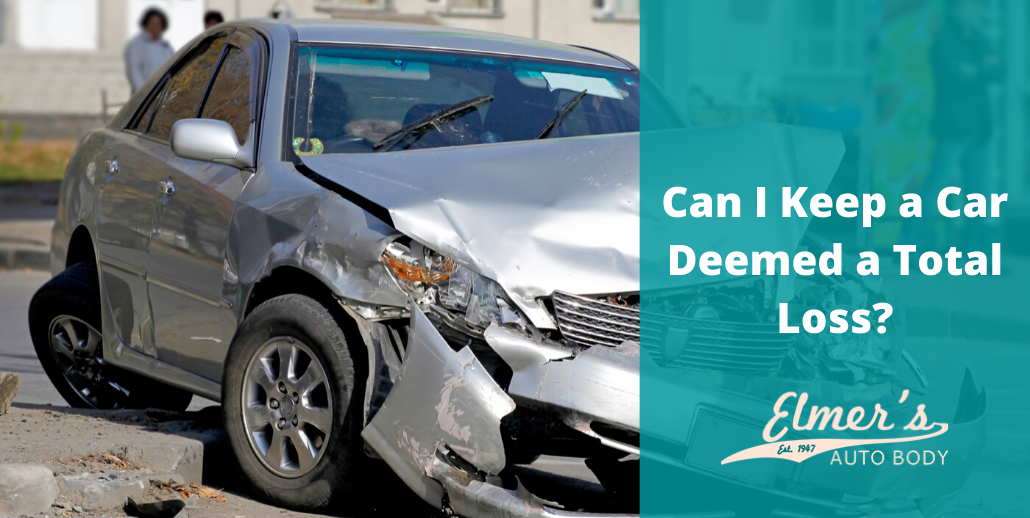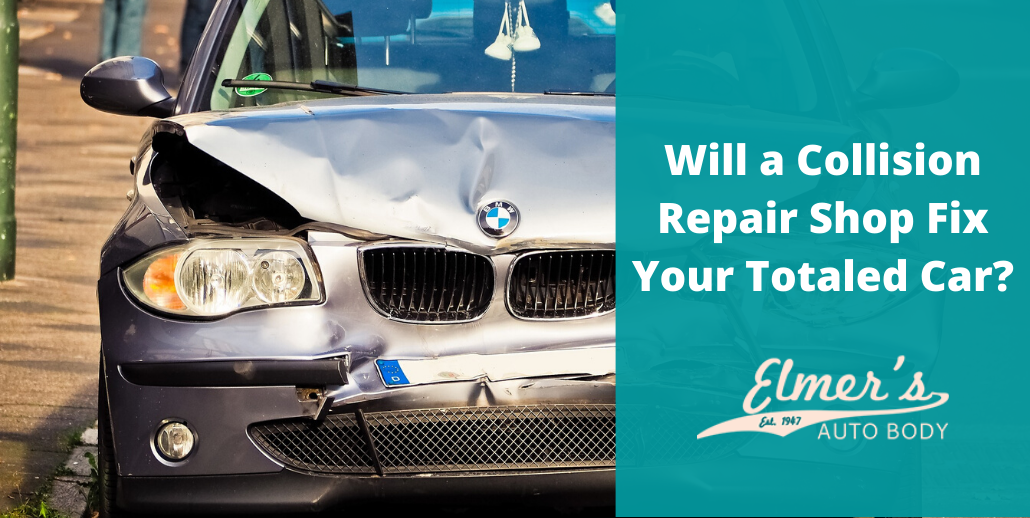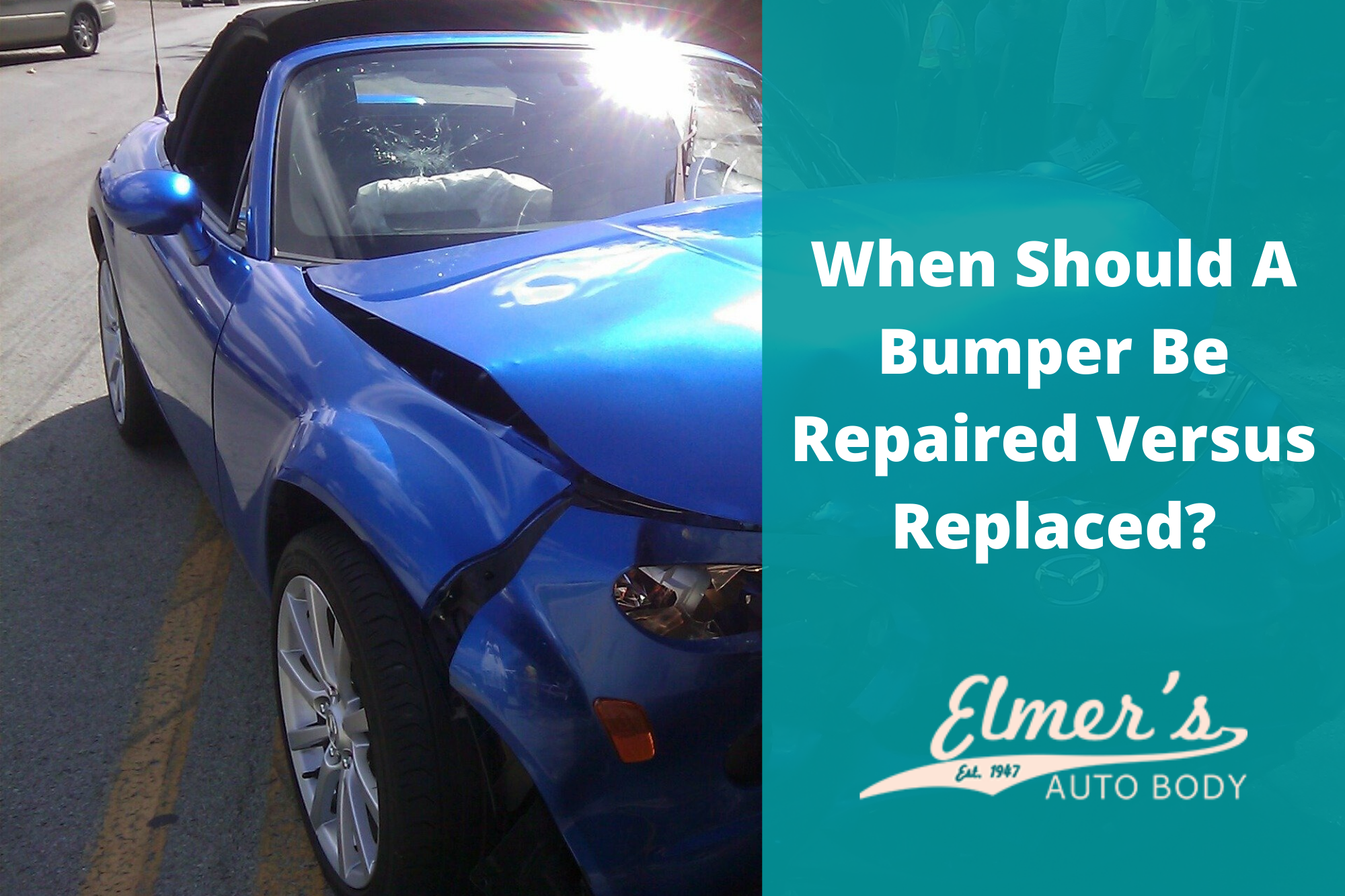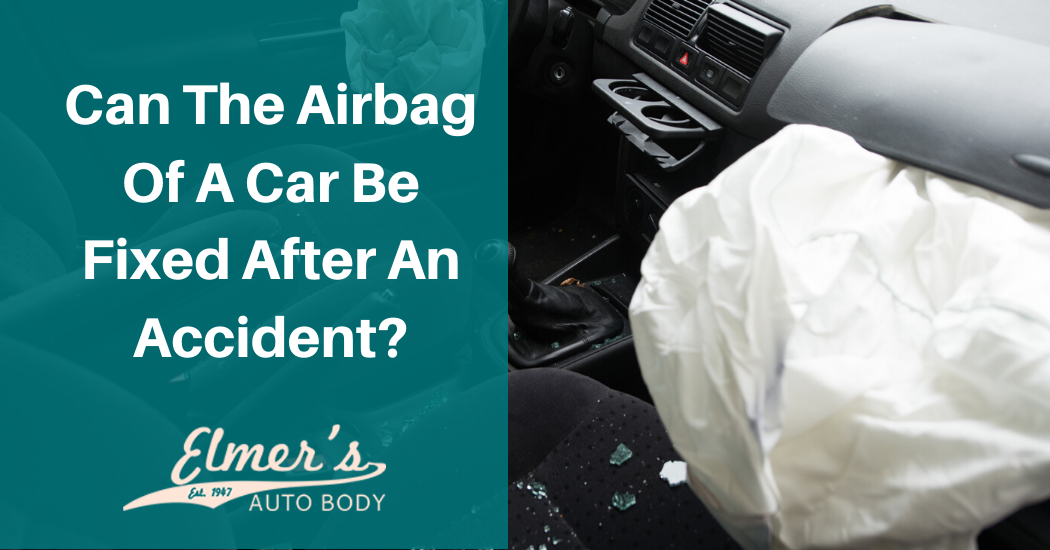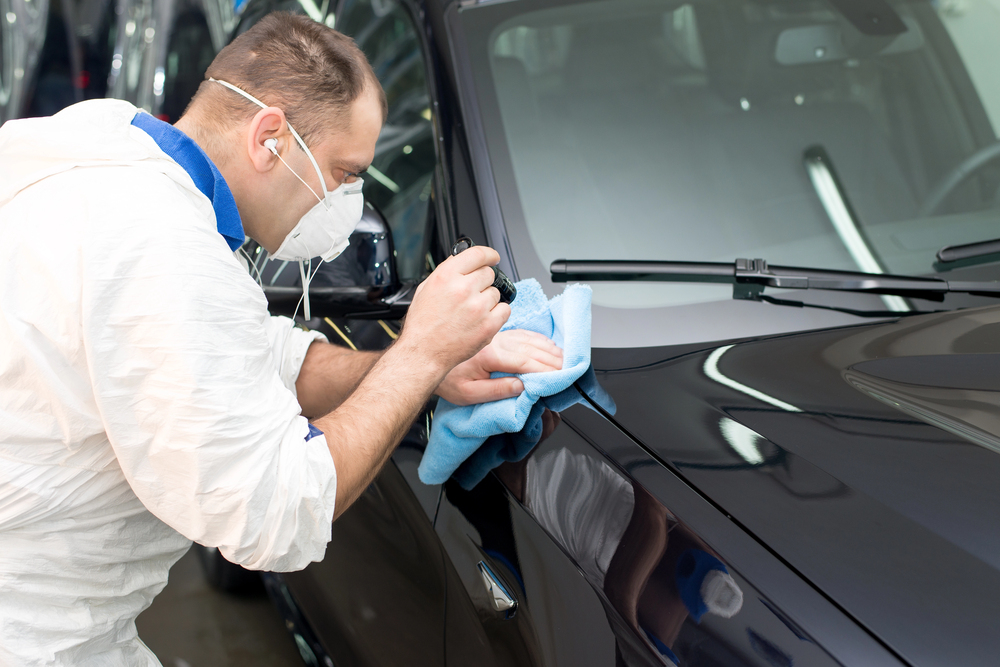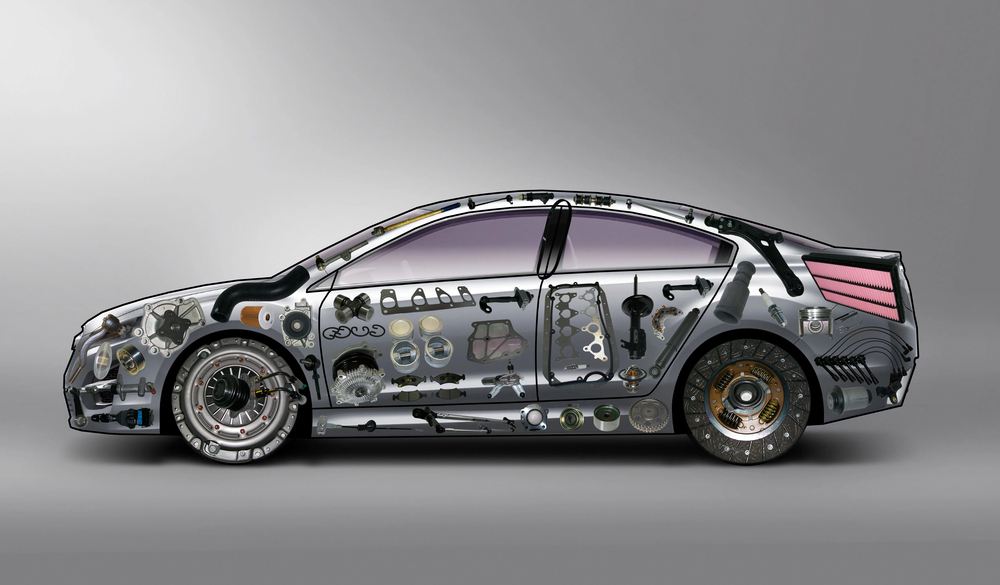If you experience a car accident, whether a minor or major one, there will probably be damage that will affect your vehicle. You’ll be lucky to escape repair costs as even the most minimal of damage may require repair. Determining whether you need repairs will take not only your own observation but that of any law enforcement officials at the accident scene, your insurance company and an auto body repair expert.
Ignoring Repairs
Some drivers will ignore minor repairs and go on their merry driving way, but in making that choice, they are setting themselves up for problems down the road. There are several reasons you shouldn’t ignore even the slightest damage following an accident as any initial damage can lead to further damage. There are several other reasons you should repair your vehicle after an accident.
Saving on Repair Costs
Keeping any insurance claim money and not paying out the deductible is not the wisest tactic. Allowing damage to remain on a vehicle is costly as further complications can occur as time goes on and overall repair costs escalate. It’s a lot easier to just pay the original repair costs. If the deductible worries you, there are ways to cover repair costs through payment plans to auto body repair shops.
I Need My Car
You may think losing your vehicle for a few days is a major dilemma, but delaying repairs can make any future repairs more difficult and costly. Waiting patiently for your vehicle to go through a professional repair process is important to the stability and longevity of your vehicle. Most auto body repair shops will do everything within reason to repair and return a vehicle in a reasonable amount of time. Use a rental car, loaner car, catch a ride with a co-worker or take a city bus, train or other public transportation.
Insurance Company Woes
Deciding to delay damage repairs on your vehicle causes additional problems. If another accident occurs, your insurance provider may wonder about the previous damage and why you didn’t make repairs early on. Also, your provider may feel that the initial accident aggravated any new damage, or they might feel that you are being deceptive on your part and are trying to receive an additional disbursement.
The (DIY) Routine
You may believe you possess the tricks of the trade to repair the damage to your vehicle, but you’d be wise to realize that auto body technicians are highly trained and must be certified to repair vehicle damage. Trying to compete with that and repair unseen damage can be an arduous process and present safety hazards to you along the way, plus compromise the stability of your vehicle. You may think you are saving time, and money, but a professional knows best.
Finding the Right Auto Body Shop
Finding a reputable body shop for repair work is important, and many vehicle owners express distrust in body shops as they feel they’ll be bilked out of gobs of money in the repair process. Most body shops today are both highly reputable and technically savvy, and they’ll provide the latest in innovative repair services with fair prices. Many shops are adept at working with insurance companies and will also help vehicle owners in the negotiation process.
Repair Procedures
When you realize the extent of damage to your vehicle following an accident and understand that you need to take care of any damage as soon as possible, you’ll want to be aware of the right procedures to follow.
The process begins with contacting your insurance company, filing and completing a claim form and selecting a reputable body repair shop. Choosing a shop to do the job is important, as you want to find one that will complete the work in a reasonable amount of time but meet certain standards. It pays to check reliable repair shops. Talk to others or read online reviews as to the reliability of body shops that you would like to use, or your insurance company recommends that you use.
Before you make a final choice, make sure you get price estimates from several shops and double check that your final choice has ASE certified mechanics, provides warranties for repairs, expresses whether they use new or after market replacement parts, provides explicit written and verbal explanations as to the exact extent of damages and repairs that will occur. In addition, get a final repair estimate agreeable to you and your insurance carrier.
If you’re still unsure whether your vehicle needs repair work after an accident, complete the online contact form and an expert will get back to you with answers to questions you may have. Once you receive a full assessment, you’ll be better able to decide on filing an insurance claim and choosing a shop for needed repairs.

